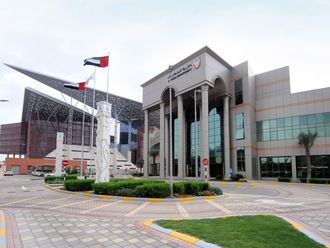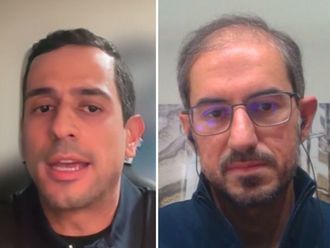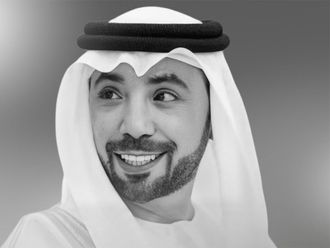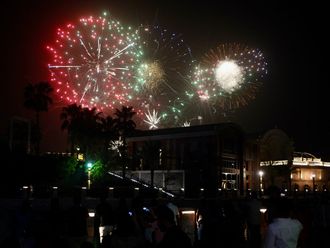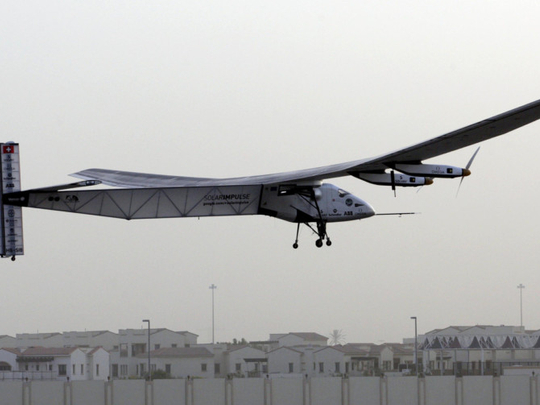
ABU DHABI Pilot Andre Borschberg will undertake the most challenging leg of the ‘around the world on a solar plane journey’ on Saturday if weather permits.
The landmark attempt will see the solar-powered Solar Impulse 2 fly non-stop for five to six days over the Pacific Ocean with just one pilot, and covering 8,500 kilometres from China to Hawaii.
“This will be the moment of truth, I mean the big question mark: Are we going to make it?” Borscheberg, 62, told a news conference in Nanjing, China.
After a 20-hour flight from Mandalay in Myanmar in its fifth leg, Solar Impulse 2 landed in Chongging on March 31, piloted by Bertrant Piccard. The plain reached Nanjing on April 21. The flight to Hawaii was originally expected to take off on Tuesday, but their official website says the earliest possible departure will be on May 9.
“It’s an adventure, but I see this as an inner voyage. It’s a great opportunity to discover myself,” Borschberg told reporters. The Pacific leg of the pioneering journey that attempts to circumnavigate the world in five months with 12 stations, is considered the most adventurous and risky.
Borschberg will face extreme temperatures in the unpressurised and unheated 3.8-cubic-metre cockpit. The cockpit provides enough space for oxygen supplies, food and survival equipment. A parachute and a life-raft are packed into the seat-back.
Earlier in an email interview with XPRESS before the flight’s take-off from Abu Dhabi, the pilots had said they would be using self-hypnosis and meditation techniques to remain vigilant.
The Solar Impulse 2 flight, which is supported by Abu Dhabi’s Masdar, began its journey from Al Bateen Airport in Abu Dhabi on March 9.
The plane is expected to land in Abu Dhabi in late July or early August. When successfully completed, the world’s first solar flight will have completed 35,000 kilometres.



